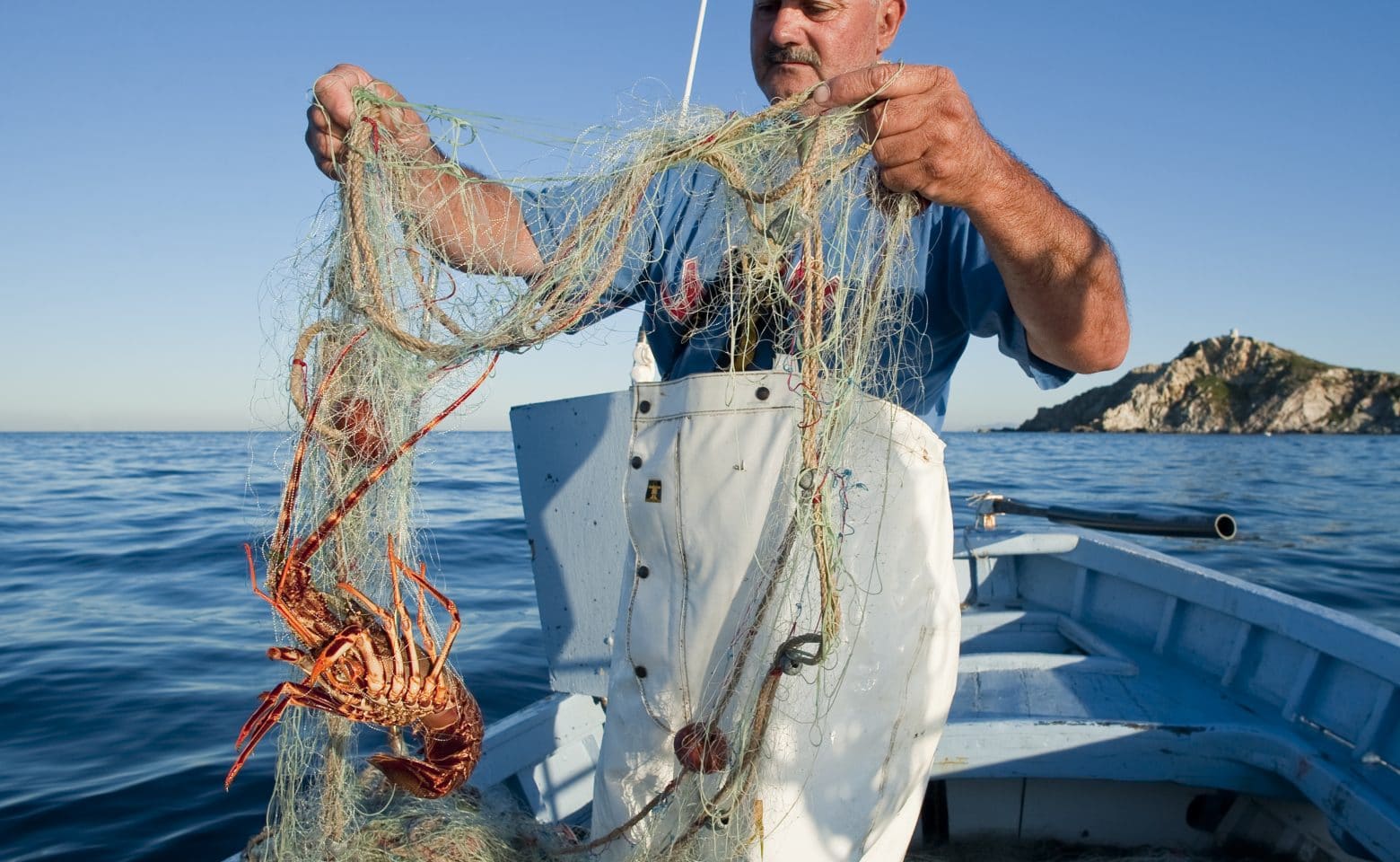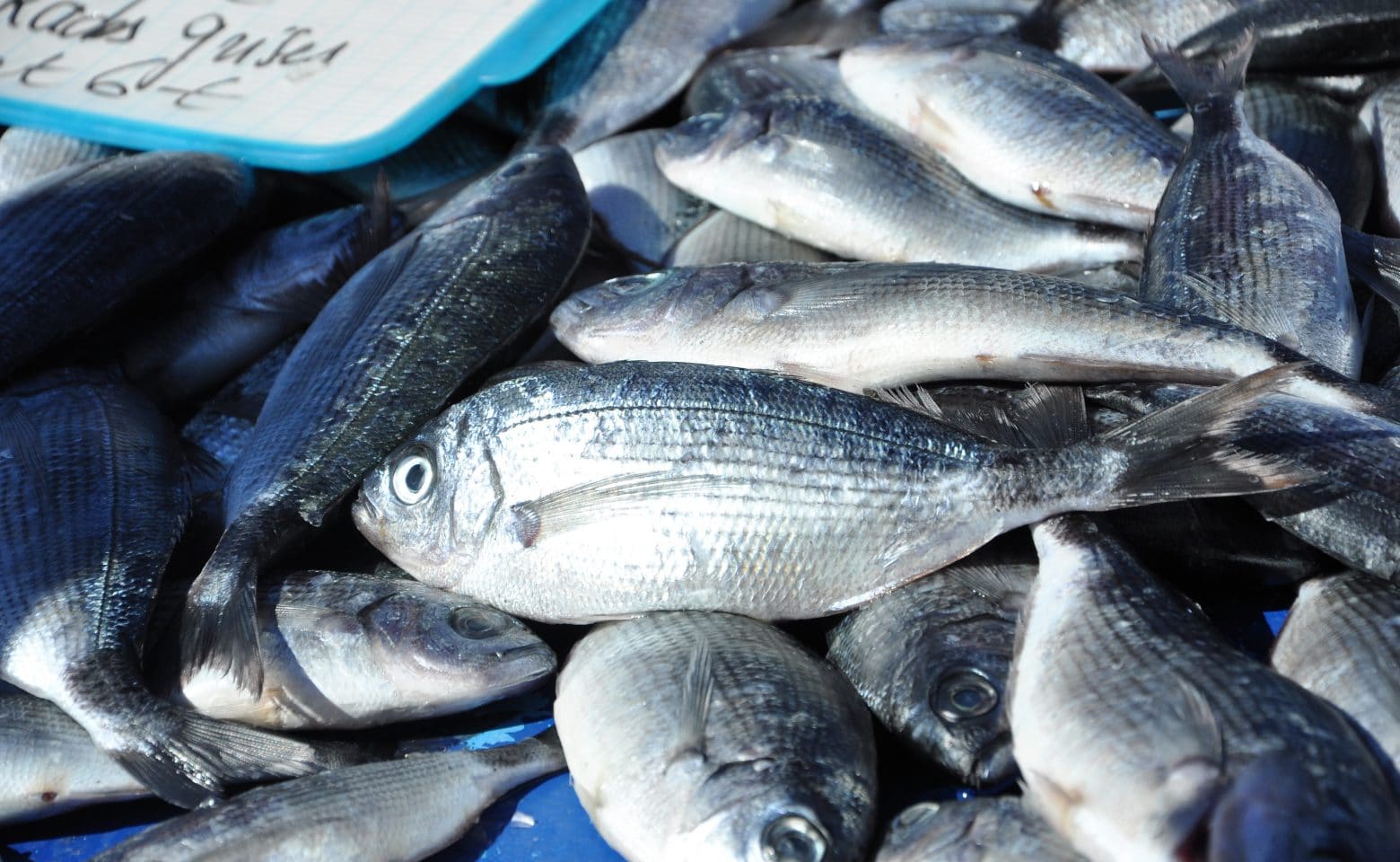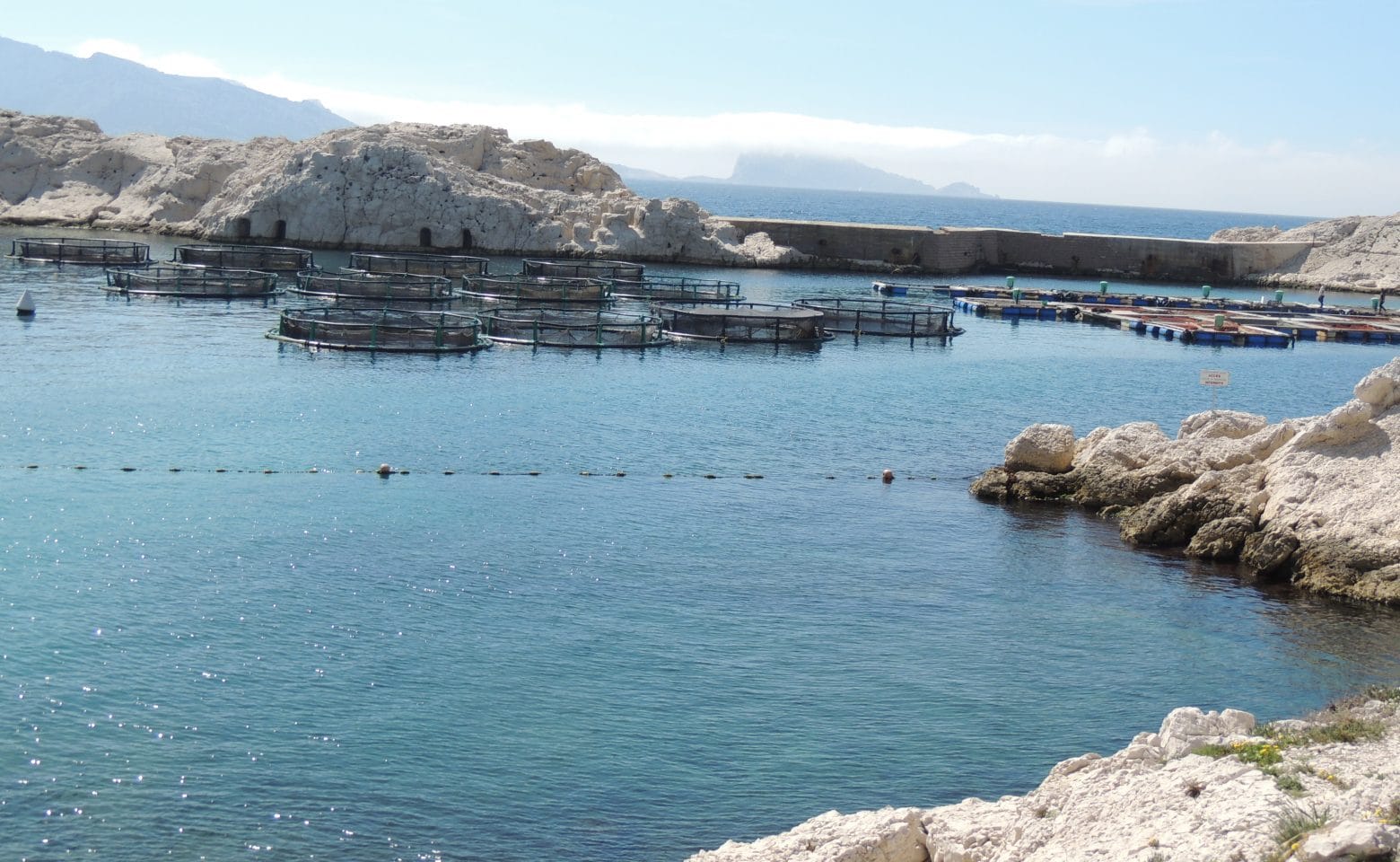At the same time, over three billion people depend on food from the sea for their survival, a figure that will only rise in the future as demographic growth reaches new heights.
Local solutions usually involve rotating the zones in which fishing is allowed, creating “fallow” periods when fish populations can rebuild. Local fisherfolk are often best-placed to describe the resource that is their livelihood, whether in the Mediterranean or on remote tropical islands. When it comes to industrial fishing fleets, drastic regulations are the only way to manage living resources and save them from depletion.
Some countries have adopted a comprehensive marine resources management approach, like The Blue Belt in Morocco, launched at the COP22 and supported by the country’s fisheries research institute (INRH). The Blue Belt is a set of concrete solutions, a roadmap for adapting to climate change while mitigating its effects. It offers a framework for fostering a low carbon fisheries economy with a low environmental footprint on marine and coastal ecosystems.
Sustainable consumption and responsible fisheries, targeting abundant species whose stocks can renew themselves, are increasingly important today, and several NGOs are working to guide consumers towards making these choices, but more avenues must be explored.
We now know that conventional aquaculture, long seen as the best additional source of fish, has its limits, since farmed species are fed with fishmeal, which also puts pressure on fish resources. Aquaculture waste also pollutes the environment. Some of the most promising alternatives include:
> installing artificial reefs in our coastal waters, in the nursery areas of commercial species, where more juveniles can grow to their adult size;
> new forms of aquaculture using the waste from one species to feed another by recreating nature’s virtuous cycle while minimising inputs of food;
> replacing fishmeal with insects in conventional aquaculture.
-
IMTAResearch programme
The Institute is experimenting with integrated multi-trophic aquaculture (IMTA), where several species are combined within one aquaculture system on land, so that one species can feed on the rejection of another. By imitating a natural ecosystem, we can create a circular farming model.
-
Sea urchinsResearch programme
The Institute is researching the purple or edible sea urchin, Paracentrotus lividus, with a view to sustainably managing sea urchin stocks. Researchers are focusing on two things: assessing and better understanding the resource and producing juveniles in an experimental farm.

























